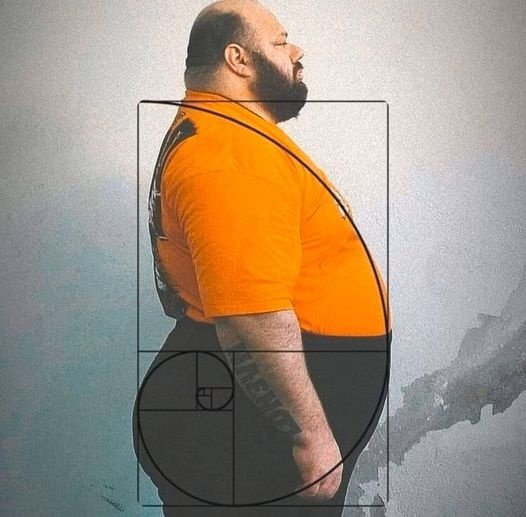The Golden Ratio, often represented by the Greek letter phi (φ), is a mathematical ratio of approximately 1:1.618 that has captivated artists, architects, and mathematicians for centuries. This ratio is believed to embody perfect proportions and harmony, making it a fundamental principle in aesthetics. The concept is closely linked to the Fibonacci sequence, where each number is the sum of the two preceding ones, creating a spiral pattern that can be observed in nature, from the arrangement of leaves to the shape of seashells.
In art, the Golden Ratio has been employed by renowned figures like Leonardo da Vinci and Salvador Dalí to create visually appealing compositions. Da Vinci’s “The Last Supper” and Dalí’s “The Sacrament of the Last Supper” both utilize this ratio to achieve balance and beauty. The ratio can guide artists in determining dimensions and placements within their work, leading to a sense of order that resonates with viewers on a subconscious level.
When it comes to the human form, some proponents argue that the Golden Ratio can define ideal body proportions. This perspective suggests that certain measurements and ratios in the male body align with this mathematical principle, contributing to perceptions of attractiveness and physical perfection. While these ideals may vary across cultures and eras, the Golden Ratio continues to influence our understanding of beauty in art and nature alike.










